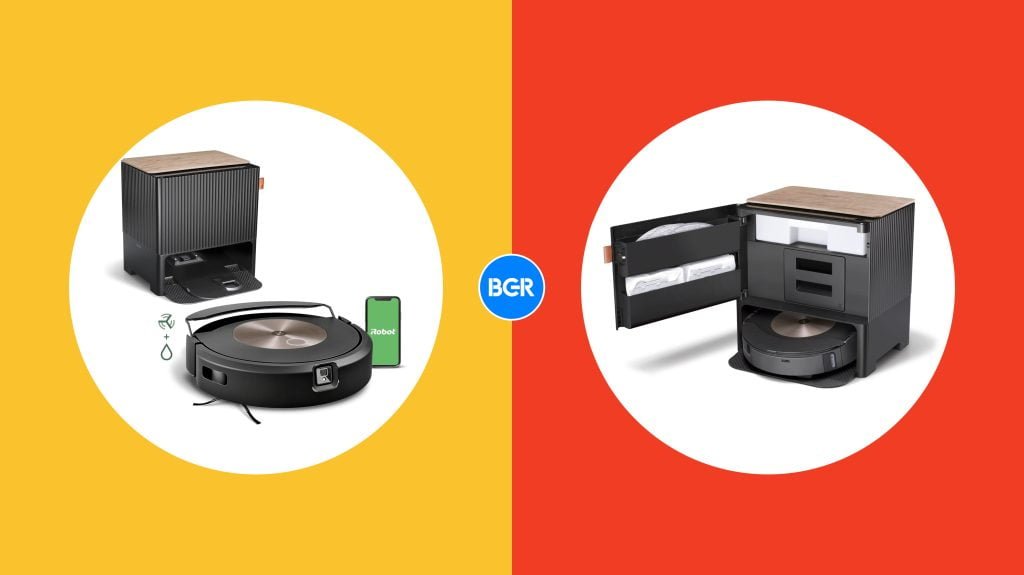The iPhone 16 will be available for preorder later this week. While I’ll get the Plus version instead of the iPhone 16 Pro Max, there’s a different iPhone model I know I want: Next year’s ultra-slim iPhone 17 Air that Apple is reportedly making.
The so-called iPhone 17 Air should replace the Plus in the iPhone 17 lineup, if rumors are accurate. The iPhone 17 Air won’t be a flagship device like the iPhone 17 Pro and 17 Pro Max, as Apple might have to make a few compromises so it can create a thinner device. Camera quality might be one of them if Apple plans to reduce the camera bump thickness.
What Apple can’t compromise on is battery life. Any ultra-slim iPhone would have to deliver battery life that’s at least as good as a regular iPhone. The iPhone 17 Air will have to last a full day despite having less internal space for batteries.
How thin will these batteries be? Well, Huawei’s newly-announced $3,000 tri-fold foldable phone might give us a good idea of what to expect. The foldable features separate battery packs in each of the Mate XT’s sections. Incredibly, these new batteries are just 1.9mm thick.
Tech. Entertainment. Science. Your inbox.
Sign up for the most interesting tech & entertainment news out there.
By signing up, I agree to the Terms of Use and have reviewed the Privacy Notice.
The tri-fold foldable has a total battery capacity of 5,600 mAh and supports fast charging speeds of 66W (wired) and 50W (wireless).
The Mate XT’s silicon battery packs are even thinner than Honor’s impressively thin batteries for the Magic V3. That’s the world’s thinnest foldable phone, measuring 4.4mm when unfolded. The batteries are 2.6mm thick.
Back to the Huawei Mate XT in the hands-on video below, the tri-fold is 3.6 mm thick at its thinnest points. Two sections of the screen measure 3.6mm each when the Mate X is fully unfolded, and the third one is 4.75mm thick. This explains why Huawei needed 1.9mm batteries.
I’m not saying that Apple will use the exact same batteries as Honor and Huawei. But an iPhone 17 Air would need slimmer batteries than the ones found in current iPhones.
It’s unclear how thin the Air will be. The iPhone 16 Pro models are 8.25mm thick, while the iPhone 16 has a 7.80mm profile. The 2014 iPhone 6 was Apple’s thinnest iPhone at just 6.9mm thick. If Apple wants to claim on stage that the iPhone 17 Air is the thinnest iPhone ever made, it’ll have to beat the iPhone 6 design.
Apple released the M4 iPad Pro earlier this year, which is Apple’s thinnest iPad ever. With a thickness of 5.1mm, the M4 iPad Pro is barely thicker than the Honor and Huawei phones. It’s about as thick as the unfolded Galaxy Z Fold 6 and Pixel 9 Pro Fold.
Therefore, Apple already knows something about using ultra-slim batteries to power high-end products. A teardown of the M4 iPad Pro shows how thin the batteries are without mentioning dimensions.
 The ultra-slim batteries inside the Mate XT tri-fold phone. Image source: Huawei
The ultra-slim batteries inside the Mate XT tri-fold phone. Image source: Huawei
Apple has shrunk the iPad Pro without impacting battery life. The ultra-thin tandem OLED screen and the more efficient M4 chip also helped Apple reduce the thickness while keeping battery estimates in place. The thin iPad Pro lasts as long as its thicker predecessor.
The iPhone 17 Air would have to achieve a similar battery performance while rocking an ultra-thin battery. The rumored 2nm A19 chip coming next year, and components like Samsung’s thinner RAM module will help with efficiency gains. The latter also takes less space inside the phone, though there’s no indication Apple will use Samsung memory chips inside ultra-thin iPhones.
Finally, I’ll point out one more thing that might inform us about the iPhone battery tech that Apple is exploring. The iPhone 16 Pro Max should feature a battery with higher energy density. Apple has not said anything about that on stage, so we’ll have to wait for teardowns for more details about it.
The battery might also be packed inside a metal enclosure, a first for the iPhone. These innovations might make their way to the iPhone 17 series, including the rumored ultra-slim Air.
All of this is speculation. We’ll have to wait a while longer to see whether the iPhone 17 Air is happening. But if Apple goes forward, battery details should leak in the coming months.



